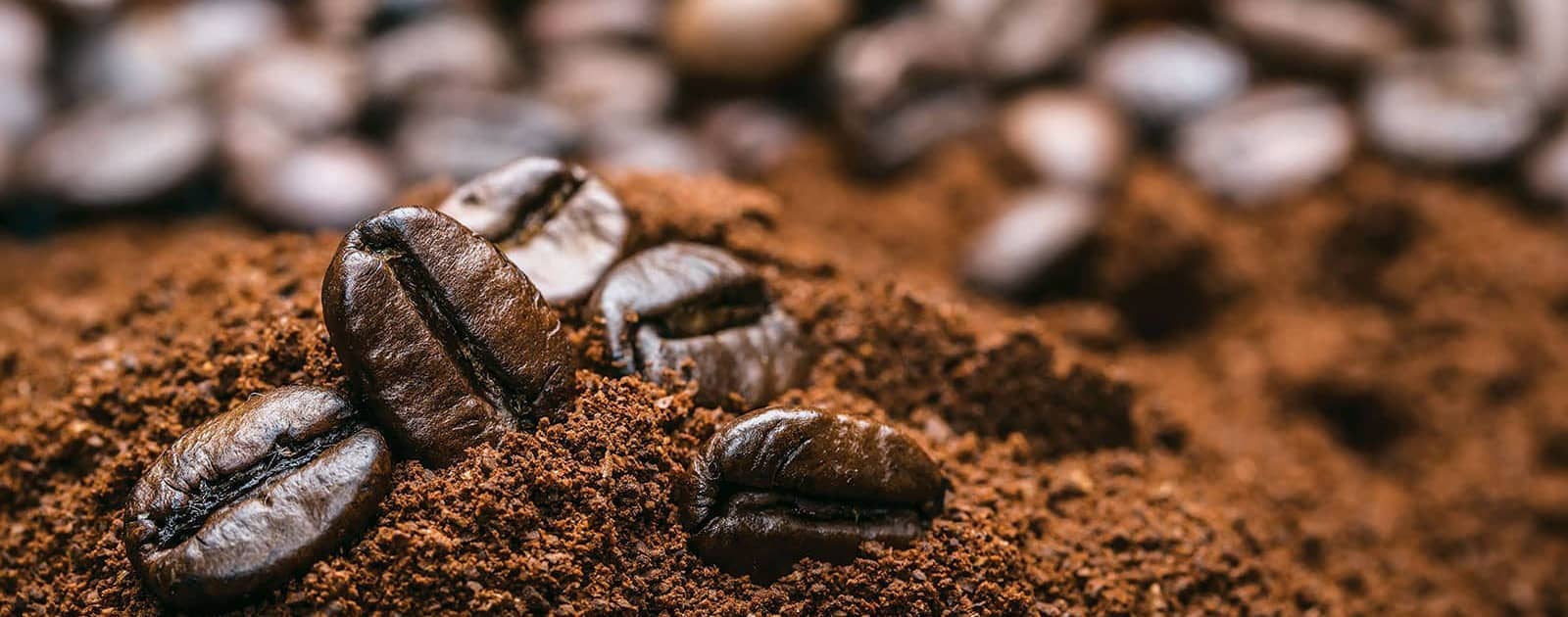

The company, which operates 52 chocolate factories across the world including one in Banbury, Oxfordshire, has warned for some time that consumers are facing a chocolate crisis unless production can be increased to meet growing demand. It joined other major industry players in bemoaning a 25% hike in cocoa prices this year – caused partly by the Ebola crisis – and warning of a “potential chocolate shortage by 2020” of as much as 1m tonnes.īarry Callebaut supplies chocolate to manufacturers. It was Barry Callebaut’s annual report that sparked the latest round of anxiety about the future of chocolate this week. “We provide chocolate as an ingredient to customers, they then use it to make the final chocolate you buy.” “We are the world’s biggest chocolate manufacturer, but you can’t find our products on the shelves,” Raphael Wermuth of Barry Callebaut, says. It produces chocolate for Cadbury’s owner Mondelez, Hershey, Unilever, which owns Magnum and Ben & Jerry’s ice cream, and hundreds of other firms. You have probably never heard of Barry Callebaut, but you are more than likely to have tasted the company’s products. They may be expanding grinding operations in Indonesia, but Barry Callebaut, the world’s largest chocolate company, keeps its central nervous system firmly based in a country that is synonymous with the stuff: Switzerland. “I think, fundamentally, with a good economy, better purchasing power, increasing middle class, you have these snacks flying off the shelves.” THE CORPORATIONS SWITZERLAND

“We’ve seen a double-digit growth for powder demand annually,” says Jasman. Cargill, Barry Callebaut and Olam International are all expanding grinding operations in Indonesia. Says Jasman: “Basically, cocoa grinders in Indonesia have been increasing their capacity during the past five years, but the local bean production hasn’t been what we expected.”ĭomestic chocolate consumption is growing more than 20% a year, according to the Indonesian Cocoa Industry Association, while rising demand in China, Asia’s largest chocolate market, has foreign companies rushing to break into the region. Domestic demand is such that the BT Cocoa plant runs 24 hours a day. “At the beginning we processed 100% Indonesian beans, but right now there is a local deficit,” says Thomas Jasman, supply chain director at a cocoa grinder on the outskirts of Jakarta, BT Cocoa, where 45% of beans come from Ivory Coast. Eight years ago production was 600,000 tonnes a year. Instead the harvest is in decline, beset on all sides by disease, old age and the cocoa pod borer, a tiny moth that is the bane of Asia’s cocoa growers. It was supposed to flood the country’s cocoa farms with 70m disease-resistant, fast-growing seedlings the government predicted yields would reach 1m tonnes annually. Indonesia’s problem lay in a troubled, $350m (£223m) cloning experiment that ran in 2009. But even in this country – the world’s third-biggest producer – stagnating harvests and heavy demand mean that more and more of the beans that wind up in those plants are coming from other nations – including Ivory Coast.

To get it a step closer, huge processing plants such as those found in Indonesia are essential. When the cocoa bean leaves the farm, it’s still a long way from the world’s favourite treat.

“ I think cocoa is only going to grow every year.” THE PROCESSORS INDONESIA “There are more young plantations, like mine, starting up,” says Bamba. Despite real fears of Ebola – badly hit Liberia and Guinea are just across the border – there has been no impact on exports yet. Bamba starting growing cocoa three years ago after seeing other farmers in the area doing the same, believing he would get more money. “We are very happy with the price,” says Souleymane Bamba, a cocoa farmer from Biankouma in the rich, mountainous region in the west of the country known for growing coffee, not cocoa. On the other side of the country to Abengourou, farmers are in a better mood. It coincided with the government raising the farmer price, for the second year in a row, to 850 CFA francs (£1.02)) per kilo. This year’s crop was the largest in the West African nation’s history at nearly 1.8m tonnes of beans an increase of more than 10% on 2013. And in general, the industry is booming in Ivory Coast. It says the raft of cocoa reforms it introduced in 2012 to try to keep farmers in the industry – including a return to price fixing – has raised incomes by 30%. A man transports cocoa beans on a motor cycle in Abengourou, Ivory Coast.


 0 kommentar(er)
0 kommentar(er)
